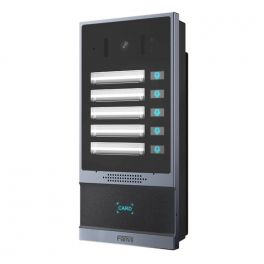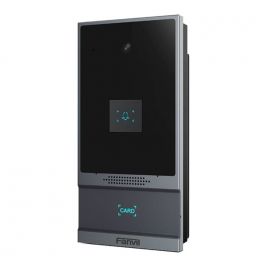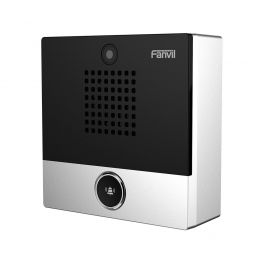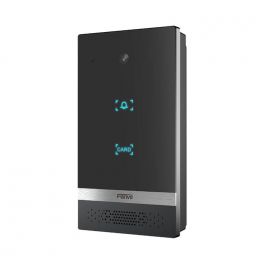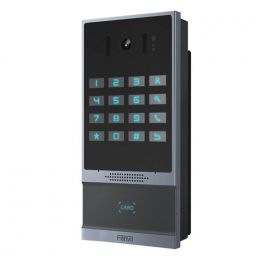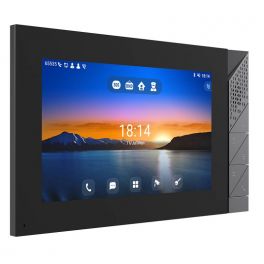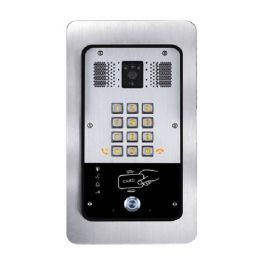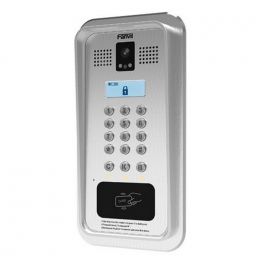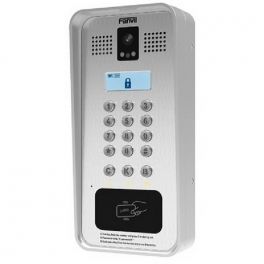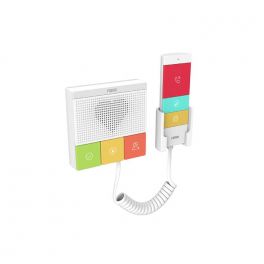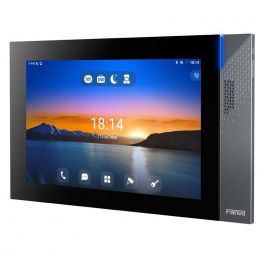
Intercom
Secure Your Premises with IP & Analog Intercom Systems!
Control access to your premises with an intercom! An intercom allows you to communicate with visitors who ring your doorbell or even see them, so you can decide whether or not to grant them access to your premises. Onedirect offers two types of intercoms:
- IP intercoms and video intercoms: With or without a camera, these connect to the internet and allow you to manage entries and exits from an IP phone and/or a computer.
- Analog intercoms and video intercoms: Also with or without a camera, these are connected to the fixed telephone network, and access is controlled from a landline phone.

-
Ref: FANI63Compare
-
Ref: FANI62Compare
-
Ref: FANI10SVIDEOCompare
-
Ref: FANI61Compare
-
Ref: FANI64Compare
-
Ref: FANI55ACompare
-
Ref: FANI31SCompare
-
Ref: FANI33VFCompare
-
Ref: FANI33VCompare
-
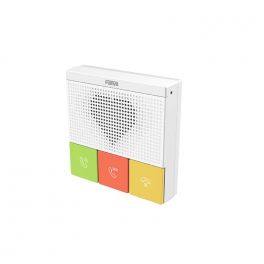
FANVIL Y501W SIP Healthcare Intercom system
Call us for availability£79.99£69.99 -13% £83.99 Incl. VATRef: FAY501WCompare -
Ref: FAY501WYCompare
-
Ref: FANI57ACompare
-
Ref: FANI10SCompare
Explore Our Range of Intercom Systems for Smooth Communication
Our selection of intercom systems—including door phones, internal communication systems, and two-way intercom systems—is designed to enhance connectivity within your organization. These innovative devices provide reliable communication solutions, whether you're managing access to your premises or facilitating efficient internal dialogues. Lets deep dive into the reasons to choose of these systems, answer frequently asked questions, and help you choose the right intercom solution for your needs.
Reasons to Opt for Intercom Systems
- Enhanced Security: Door phones allow for secure entry management, enabling you to identify visitors before granting access.
- Improved Internal Communication: Internal communication systems facilitate quick and efficient exchanges among team members, boosting productivity.
- Two-Way Communication: With two-way intercom systems, you can communicate effortlessly, whether across the office or to different floors.
- Cost-Effective Solution: Intercom systems reduce the need for extensive phone lines and mobile devices, lowering your communication costs.
- Easy Installation: Many modern intercom systems are designed for straightforward installation, minimizing disruption to your business operations.
- Versatile Options: From wired to wireless systems, our intercom solutions cater to various business environments and preferences.
- Clear Audio Quality: High-definition sound quality ensures that your messages are conveyed clearly, reducing misunderstandings.
- Integration Capabilities: Many intercom systems can be integrated with other security and communication solutions for enhanced functionality.
- Remote Access: Some door phones offer mobile app connectivity, allowing you to manage access and communication from anywhere.
FAQs about Intercom Systems
1. What types of intercom systems are available?
We offer a variety of intercom systems, including door phones for secure entry, internal communication systems for office use, and two-way intercom systems for seamless conversations.
2. How do I choose the right intercom system for my business?
Consider your specific needs, such as the size of your premises, the number of users, and whether you require features like video monitoring or mobile access. Our team can assist you in selecting the ideal model.
3. Are intercom systems easy to install?
Most modern intercom systems are designed for user-friendly installation. Whether opting for wired or wireless solutions, clear instructions and support are available to ensure a smooth setup.
4. Can intercom systems be integrated with other devices?
Yes, many intercom systems can be easily integrated with existing security systems, phone lines, and even mobile applications, enhancing overall functionality.
5. What maintenance is required for intercom systems?
Regular maintenance includes checking connections, ensuring software updates are installed, and cleaning the units to maintain clear audio and video quality.
6. Do intercom systems require a lot of power?
Most intercom systems are energy-efficient. Wired systems typically connect to your existing electrical system, while wireless systems often use rechargeable batteries.
